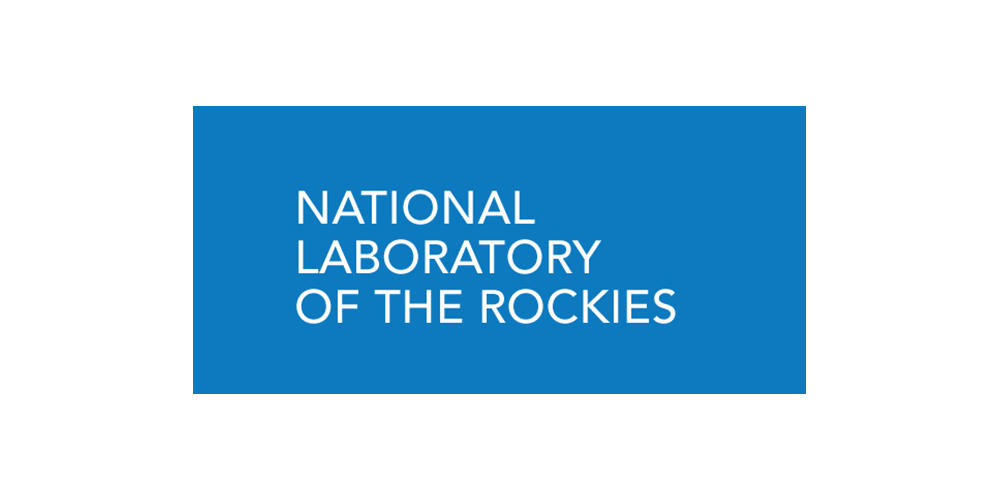
The National Renewable Energy Laboratory (NREL) has published new strategies aimed at helping commercial buildings, including hospitals, lower energy costs associated with plug and process loads (PPLs). This research focuses on the energy consumed by various devices and equipment within buildings that are not related to major systems like heating and cooling.
PPLs are responsible for about 28% of the energy used in U.S. commercial buildings, according to the U.S. Energy Information Administration. As buildings improve in their energy efficiency for heating, ventilation and air conditioning (HVAC) and lighting, innovation in PPL technology and controls becomes essential to reduce utility bills and peak demand.
The NREL research team has identified that many devices—like computers, kitchen equipment and medical imaging machines—contribute to PPLs. Through research funded by the U.S. Department of Energy, NREL is developing new methodologies to optimize energy usage from these devices while maintaining comfort and efficiency.
Particularly in healthcare, NREL’s focus on medical imaging equipment has led to a new methodology for quantifying energy consumption of MRI scanners. The research found that many MRI machines spend a large percentage of their operational time in low-power or idle modes, leading to unnecessary energy costs. By understanding these patterns, healthcare facilities can potentially save thousands of dollars in operational costs.
NREL has also gathered insights from more than 40 stakeholders in the commercial sector to identify barriers and opportunities for implementing PPL efficiency and controls. Findings were published in a study detailing several pathways for enhancing PPL management, including sharing best practices and data on energy use.
The newly released quick start guide aims to help building owners and energy managers establish effective PPL reduction strategies to achieve cost savings. These guidelines include steps for evaluating current operations and making the business case for energy efficiency initiatives.


